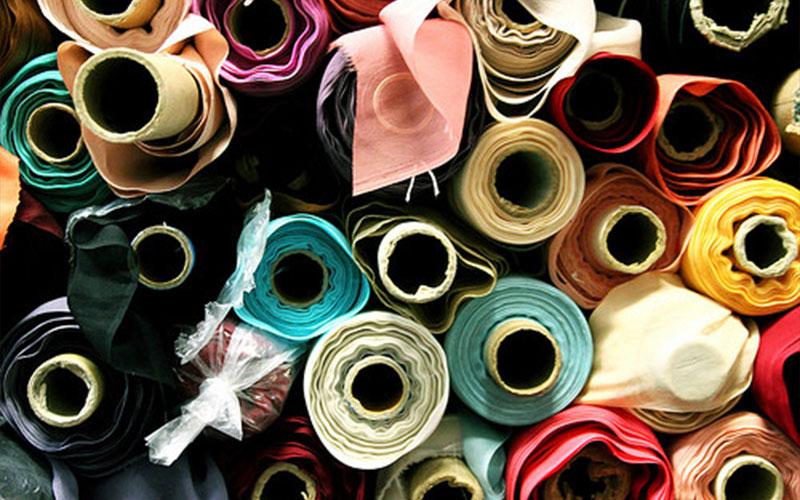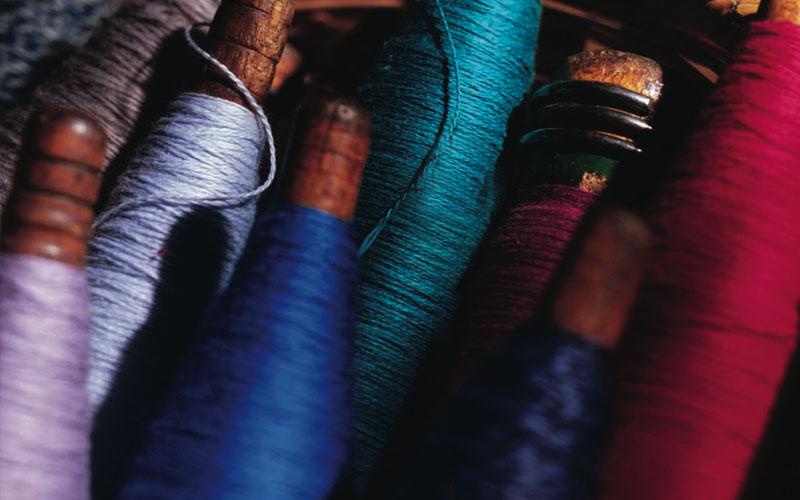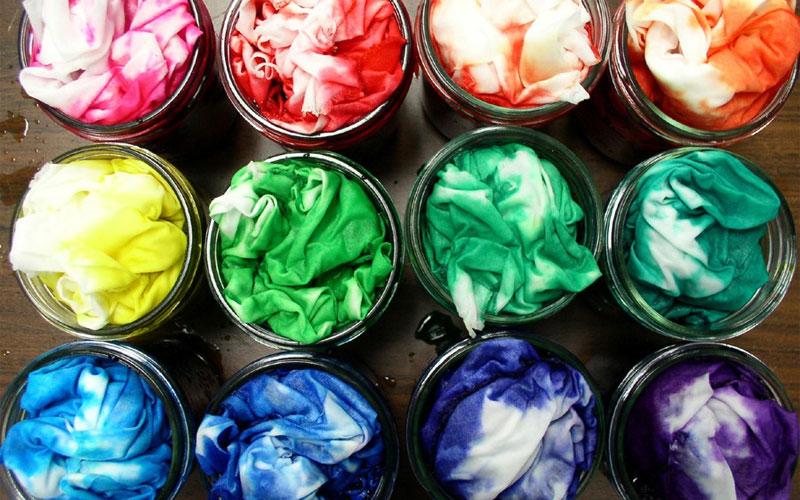Raw material (RM) is the primary substance used as an input into a clothing factory before being processed and transformed into a completed product, in this case, a cloth or a piece of apparel is used. Natural resources such as cotton, oil, and rubber are frequently used as raw materials. Before being employed in the final production process, they are also adjusted to be used in different processes. TRM refers to the processed or unprocessed materials utilised in the production of finished textile products Some of the most popular TRM are fabric, fibre, yarn, dye and of course chemicals.
Fabric
Fabric is a planar cloth structure composed of interwoven yarns or filaments. Knitting and weaving account for the majority of fabrics, but nonwoven techniques like braiding, felting, and twisting are also utilised.

A. Weaving
Weaving is a popular method of fabric creation. The technique was probably well-known before spinning. Observing the entangled grasses and twigs in bird nests may have taught primitive people how to make clothing for themselves. Spinning came about as a result of the realisation that raw materials could be improved before they were woven. Rude looms, which were simply simple and worked by hand, were developed over time. The modern textile industry’s power looms effectively performs the same function as a simple handloom.
B. Knitting
Knitting is the second most popular way to make fabric. Knitting has exploded in popularity in recent years, thanks to greater technical diversity, an adaptation of numerous new man-made fibres, and rising customer desire for wrinkle-resistant, elastic, snug-fitting garments. Hosiery, underwear, sweaters, pants, jackets, and coats, as well as rugs and other home products, are all made from knitted fabrics.
Popular fabrics used in the clothing factory
Chambray, denim, brocade, Hopsack, chiffon, braid, fleece, Aertex, and more are just a few of the popular fabrics available.
Fibre
A wide range of natural and synthetic fibres are used in the textile business. These fibres are used to make dresses, towels, and blankets. Some of these fibres have been known and utilised since the birth of civilisation, while others have only recently been discovered. Other fibres have gained varying degrees of importance in recent years. The ability to spin these fibres, their availability in sufficient quantities, the cost or efficiency of production, and the consumer desire for their attributes are all factors that influence their development and utilisation.
Yarn
There are several methods for creating yarns from staple fibres. A multitude of factors influences the procedure used, including the cost, the fibres to be used, and the desired yarn properties. Ring pinning is the oldest and most often used technique. Open-end spinning is another popular technique. The transformation of small fibres, or staples, into yarn has a long history in basic manufacturing procedures like spinning.

Dyes
The dye is a chemically complicated molecule having chromophore and autochrome groups that are used to represent colour in textile textiles. To select the best dye for your fibre, you must first determine which dyes are suitable with vegetable, animal, and synthetic fibres.

